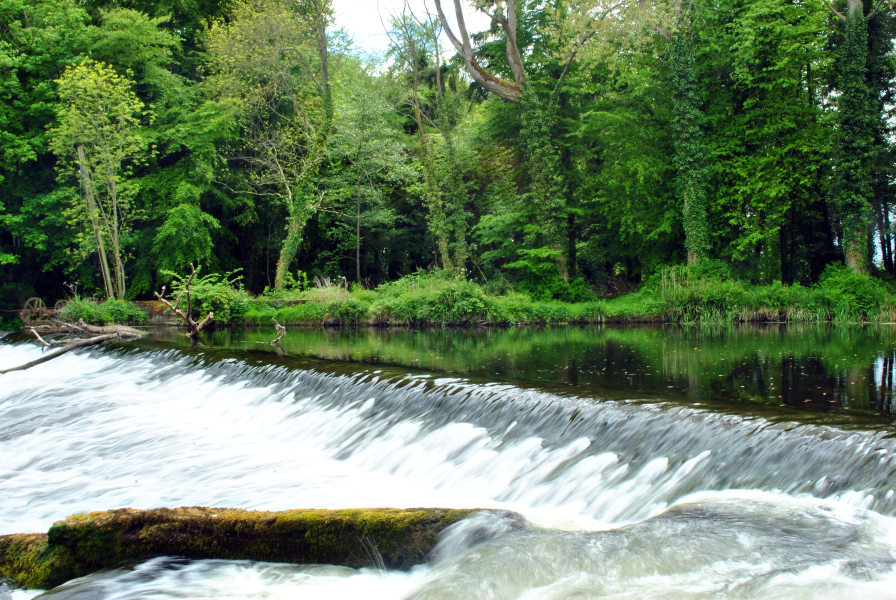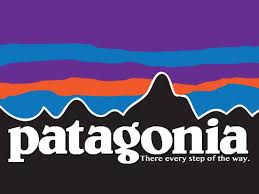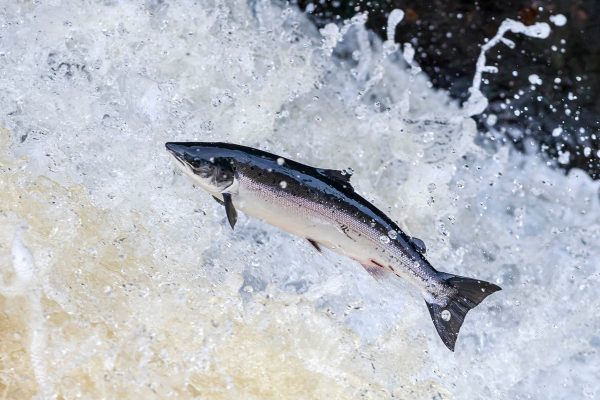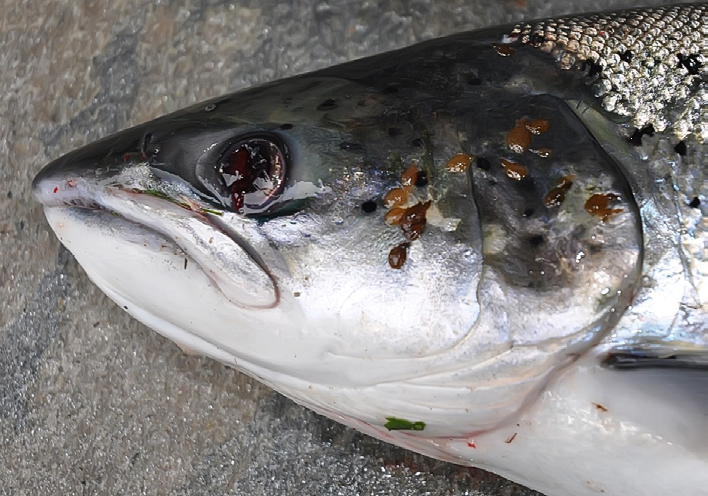Removal River Barriers to Migration
Recently government announced funding of €100 million that has been approved for a programme to remove, mitigate and where possible lessen the ecological impact of river barriers on migrating and resident fish species. This is critically important for Atlantic salmon, European eels and lamprey. Over the life of the programme, it is expected that 257 barriers will be mitigated. This funding will focus on mitigating structures in rivers, including bridge aprons, culverts, sluices, fords and weirs which can interfere with natural river processes including fish movements and migration. National Barriers Programme
SWIRL is committed to addressing the removal or appropriate mitigation measures to man-made barriers to migration for Atlantic salmon and sea trout in rivers and supports designs that facilitate all fish migration. A properly functioning ecosystem is necessary to facilitate the optimum production of salmonid juveniles in freshwater.

A typical weir with a fish pass facility. Note the ponding effect upstream. This weir will affect migration and facilitate predation. Removal would certainly improve productivity.
There are many and varied man-made obstacles to fish migration. The majority of these obstacles are now defunct in that they do not serve the purpose for which they were built. SWIRL is, however, cognisant of the environmental and economic problems which may surface with the removal of certain structures.
The effect of removal is extremely important as salmonid studies show that the ponding effect by a weir is indicative of very poor salmonid juvenile stocks and productivity. If a weir is removed then the river above will become substantially more productive and return to its natural form with pool/glide/riffle habitat becoming established.
All weirs cause a substantial barrier to migration and a haven for predation due to fish being delayed in upstream or downstream migration. As NASCO noted in a 2015 report:
‘Barriers to migration in fresh water and in estuaries, whether natural or man-made, can block or delay access and may lead to increased mortality through, for example, diseases, predation and, in the case of smolts and kelts, passage through turbines. Delays in smolt migration may also affect their survival when they enter the sea’.
Fish passes help with migration but are in themselves impediments to migration.
IFI is mandated under the River Basin Management Plan for Ireland to assess barriers to fish movement in all Irish water bodies. IFI is also involved in the Adaptive Management of Barriers in European Rivers (AMBER) project (of the EU) Project Link which seeks to raise awareness of the problems posed by stream fragmentation, the pressures on freshwater ecosystems and the need for innovative solutions.
There are a number of rock ramps built in Ireland to aid migration but while these improve the situation by lowering a section of an obstacle they have little effect on ponding upstream.
The vexed question of weirs and dams which are being used for their intended purpose causes enormous problems for migrating salmonids. Essentially the private weirs in this category must be compelled to manage water flow to support salmonid migration. Each individual weir has its own particular problems and a sensible managed solution must be arrived at by all stakeholders.
SWIRL views with concern the increase of interest in small hydro generation of electricity and their associated river barriers. It is essential that local authorities enforce the requirement for an appropriate assessment of the impact each such application may have on protected species such as salmon. One such project was brought to our attention recently in Kildare on the river Liffey. Thanks to the actions of the Liffey Salmon Project, Salmon Watch Ireland and Inland Fisheries Ireland, the facility is being investigated for unauthorised development and the turbine is currently not permitted to operate.
The following video may give you a view of relatively modern techniques used in aiding fish movement.





